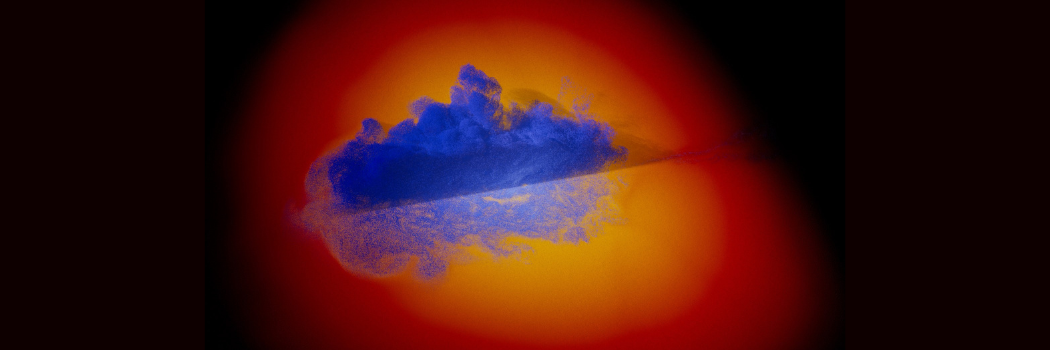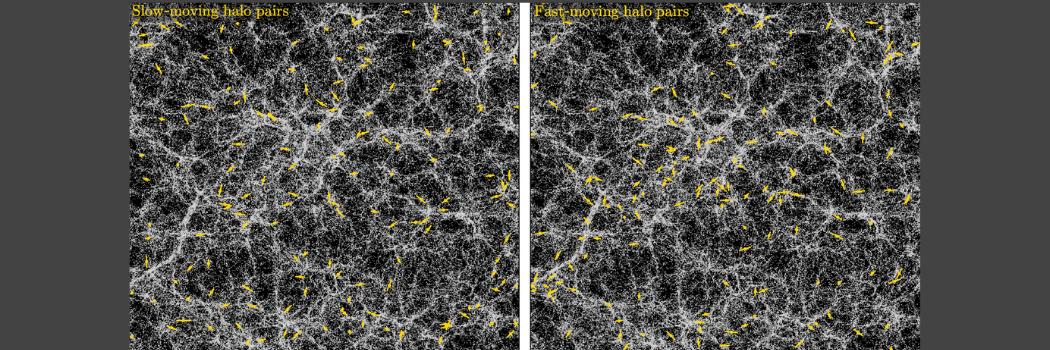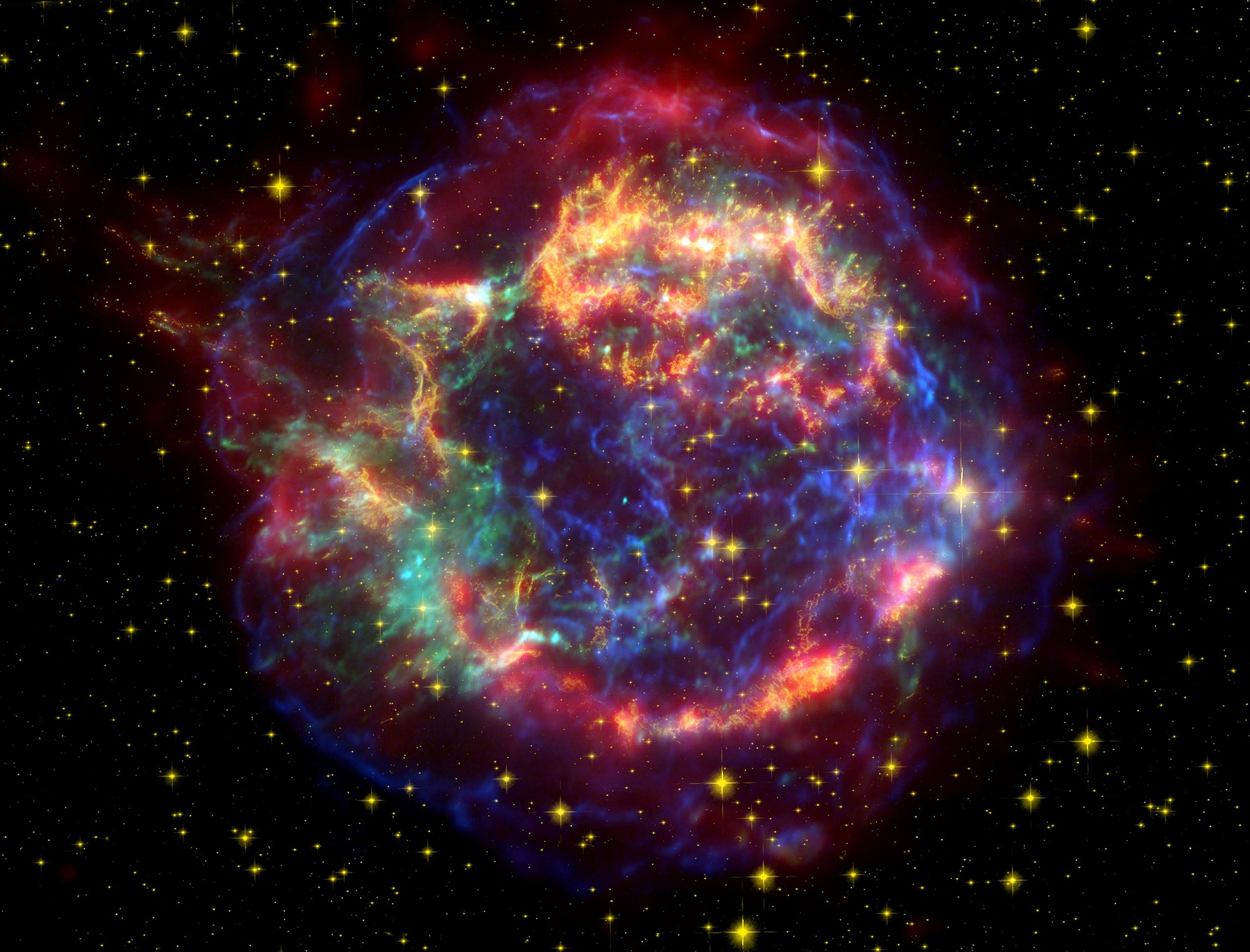Latest News
DESI team wins prestigious 2026 Berkeley Prize
The Dark Energy Spectroscopic Instrument (DESI) collaboration has been awarded the 2026 Lancelot M. Berkeley–New York Community Trust Prize for Meritorious Work in Astronomy.
Scientists challenge theory behind Jupiter’s mysterious interior
Supercomputer simulations carried out by researchers in our top-rated Physics department cast doubt on a proposed explanation for the structure of Jupiter’s core.
New cosmic discovery challenges galaxy formation theories
An international team of astronomers have discovered a remarkably clumpy rotating galaxy that existed just 900 million years after the Big Bang, shedding new light on how galaxies grew and evolved in the early Universe.
Polish national honour for Physics Professor
The President of Poland has presented Marek Szablewski, Professor of Physics at Durham University, with a prestigious national award for services to the Polish Scouting Association, which operates outside of Poland.
Magnetic wave mapping breakthrough could speed up your phone
An international team of researchers including physicists here in Durham have made a breakthrough that could help make our phones and computers faster and more energy efficient.
Celebrating Community, collaboration, and curiosity: STEM ECR Networking and Careers Event
On Friday 20 June, the Physics Department and St John’s College hosted a STEM ECR Networking and Careers Event, open to all science faculty students and staff, aimed at supporting researchers at this pivotal stage. Around 30 ECRs signed up for an informal evening of pizza, drinks, and cross-disciplinary conversation, bringing together participants from chemistry, physics, computer science, engineering, and more.
Milky Way could be teeming with more satellite galaxies than previously thought
The Milky Way could have many more satellite galaxies than scientists have previously been able to predict or observe.
Mysterious ‘Dark Dwarfs’ may be hiding at the heart of the Milky Way
A new study has proposed the existence of a new type of cosmic object that could be hiding at the centre of our galaxy.
Working to answer the ultimate question – are we alone in the Universe?
Dr Cyril Bourgenot from our Centre for Advanced Instrumentation is part of a team developing cutting-edge technology to enable astronomers to look deeper into the Universe. He is presenting this work as part of the Royal Astronomical Society’s National Astronomy Meeting 2025, which is being hosted by Durham University this week. Here, Cyril tells us about his work and how it could help answer the ultimate astronomical question – is there life elsewhere.
Dr Kai Wang sheds new light on cosmic connections at National Astronomy Meeting
Dr Kai Wang from our top-rated Physics department has presented his research at the Royal Astronomical Society’s National Astronomy Meeting (NAM2025).
Bright young stars light up UK's National Astronomy Meeting
Young people are at the centre of a major national conference bringing some of the world's finest scientists to the region.
National Astronomy Meeting 2025 – discover our free public events
We’re celebrating our role as hosts of the UK’s leading astronomy conference next week (7-11 July) with a series of free events for the public to enjoy.


/prod01/prodbucket01/media/durham-university/departments-/physics/teaching-labs/VT2A9034-1998X733.jpeg)












